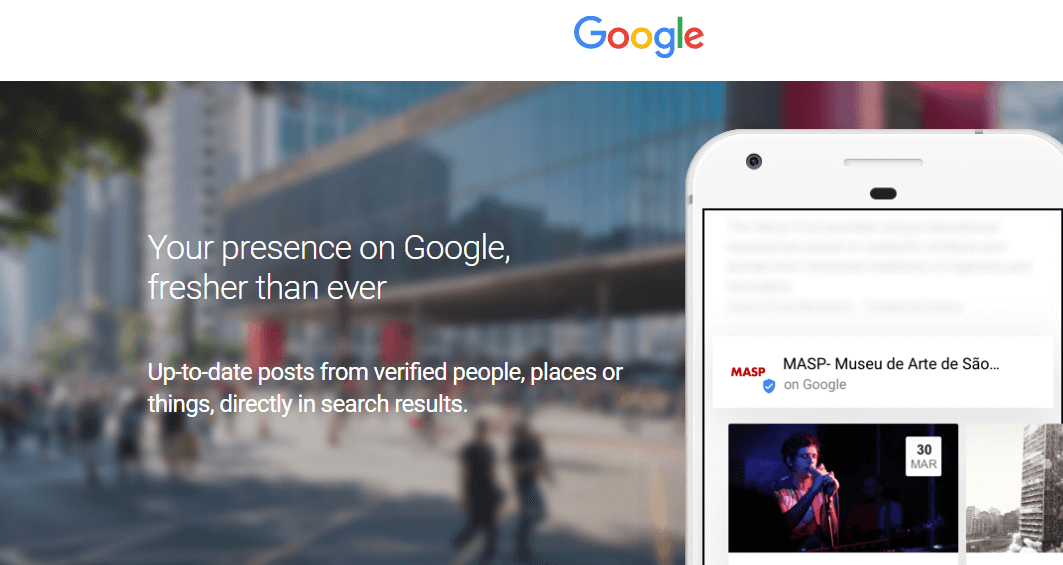June’s been another busy month in the social media universe, one where Facebook celebrated Pride Month with a new reaction; Twitter had a makeover and a “pointless” social media app rose to prominence. As ever, we’ve rounded up the biggest news below…
Twitter
The most obvious change of this month has been Twitter’s design overhaul. A number of visual changes have occurred, most notably the new emphasis on curved icons which has caused a headache for a number of brands…
Alongside a host of surface level changes, a new feature updating tweet activity and stats in real time has also been launched, with the aim of emphasising Twitter’s fast paced nature. However, the most important consequence for businesses will be keeping their profiles suitable for the new layout, and ensuring that it meets expectations from their audience’s perspective.
Twitter has also been rolling out action buttons in DM conversations with bots. This new feature allows bots to provide a number of CTA options whilst messaging, in order to facilitate actions taken outside of the conversation. For example, these buttons could open an exterior website link or compose a template tweet related to the conversation that has taken place in DMs. With the focus on bots clearly increasing across multiple social networks, businesses need to think about the ways they could use them as part of their strategy. For instance, thanks to this new update, bots could be used to start a conversation with a specialised customer service account, or to build trust in the brand by linking to relevant, helpful content.
Facebook
You may have noticed a new rainbow reaction on Facebook this month – for those wondering what it’s all about, this is a temporary feature added by Facebook to celebrate Pride Month. This reaction was only available after liking a specific page on Facebook, which implies a high level of malleability with regard to Facebook’s reaction options. As such, there is a chance that this may result in the possibility of branded reactions going forwards, in the same vein Twitter’s branded hashtag emojis, which could represent a particularly strong opportunity for brands looking to build awareness.
Another feature spotted this month (although only in testing), is that users are being encouraged to watch Facebook Live videos on TV screens. This is a clear statement from Facebook, who, given their recent focus on live video, are looking to expand to the TV market and are testing ways to make their content easily accessible on larger screens. It’s worth keeping an eye on future developments in this area, as this will likely become one of Facebook’s next big directions.
Finally, Facebook has expanded its Creative Hub tool, a feature which allows users to mock up adverts to see how they would look on its different advertising platforms. This new update gives the possibility of getting “actionable insights” on creative before an ad goes live. Although it’s not specified exactly how this would be gathered in practice, the ability to get feedback before putting an advert live is a particularly handy tool for new advertisers, and one worth keeping an eye on for the possibility of optimising creative before an ad has even gone live.
Instagram
Instagram have backed away from the ephemeral feeling to their live stream feature, now giving users the ability to share the streams as a Story for the following 24 hours too. This could be the tipping point for more users and brands to use the live stream feature, as the work that they put in could now reach some of Instagram’s 250 million daily users of the Stories feature as well, rather than just disappearing at the end of the stream.
Binky
Finally, with a lot of talk about the metal health issues of social media returning to prominence recently, it’s notable that a new app has risen up based on its, well, pointlessness. Positioned as the antithesis of social media, Binky – which started out as a joke – provides a random feed of posts (or Binks) to interact with, with the ability to like, comment and re-Bink them… all of which does absolutely nothing.
As it’s meant primarily as a satire of social media’s influence, it’s unlikely any business possibilities will come from this, but it’s important to note that this app arises from a general feeling of malaise towards social media and its effects, which may come to influence the industry’s future.







